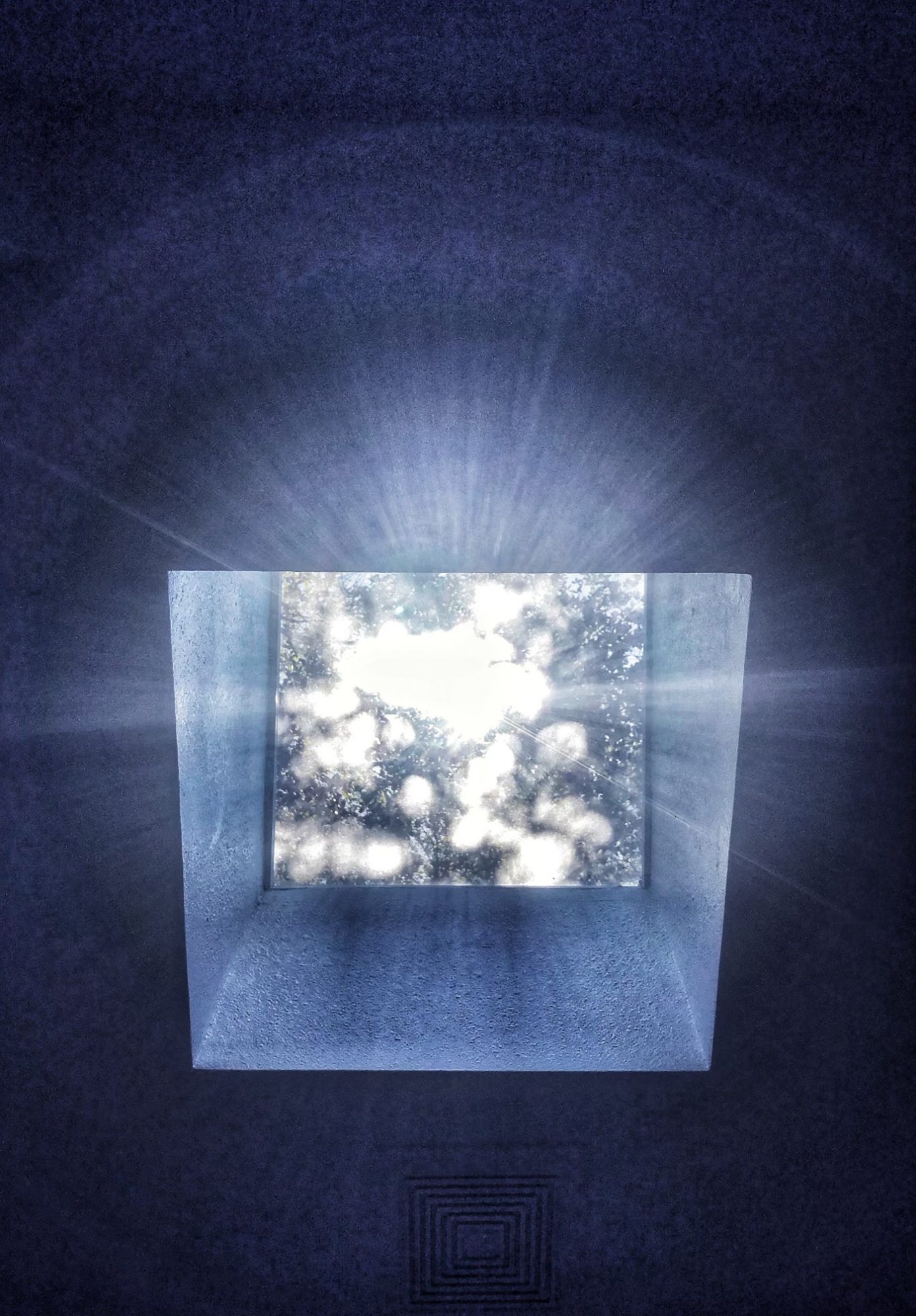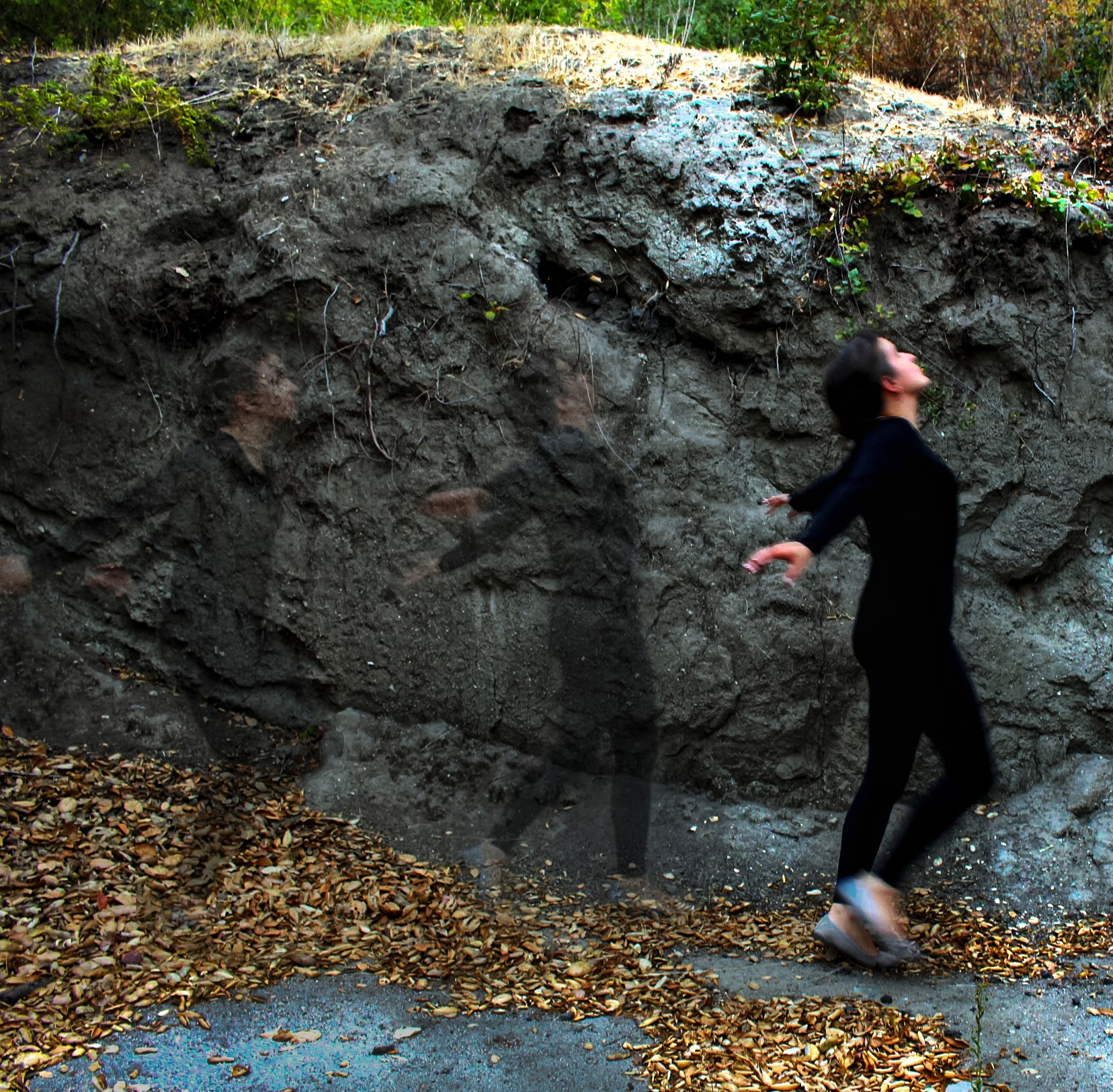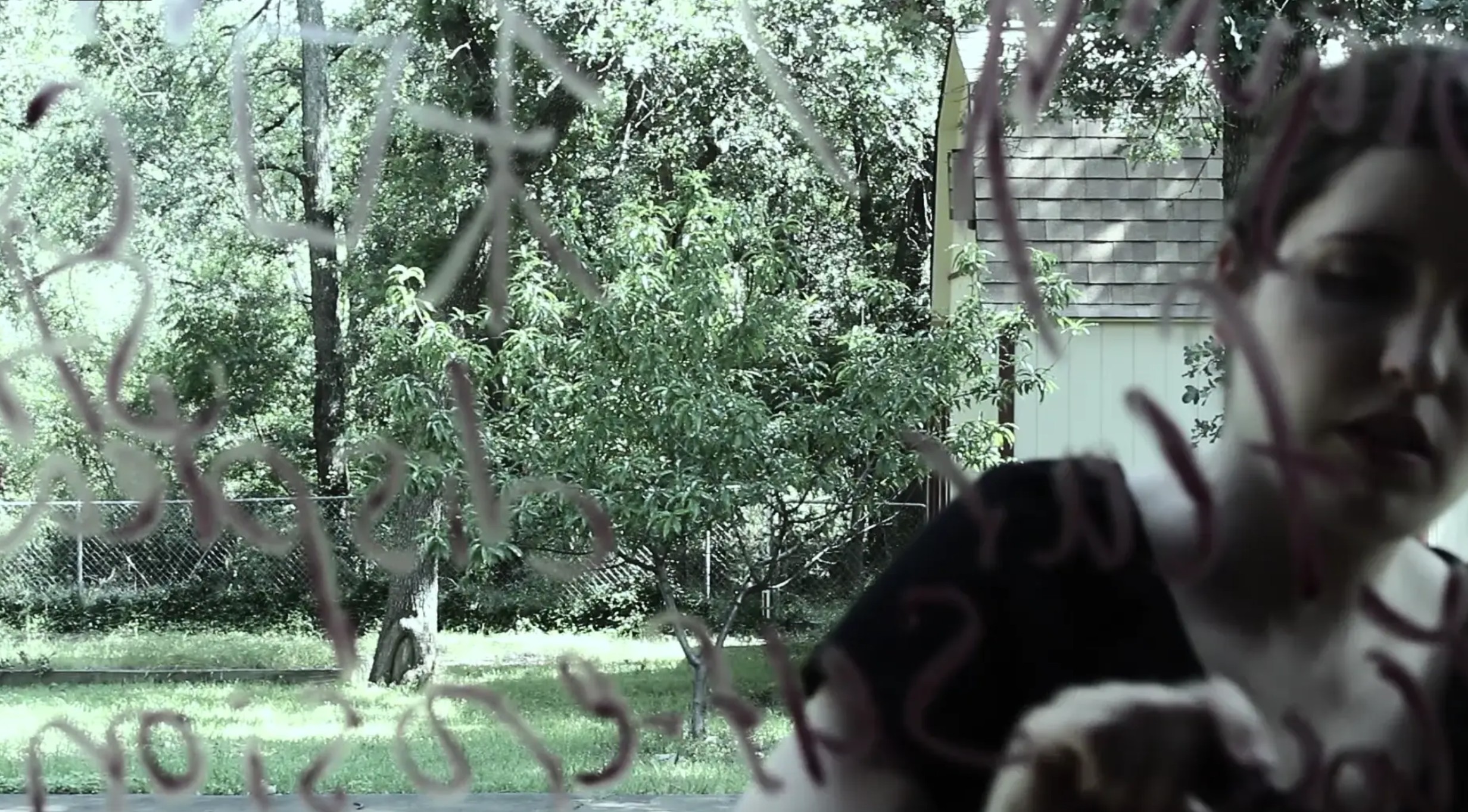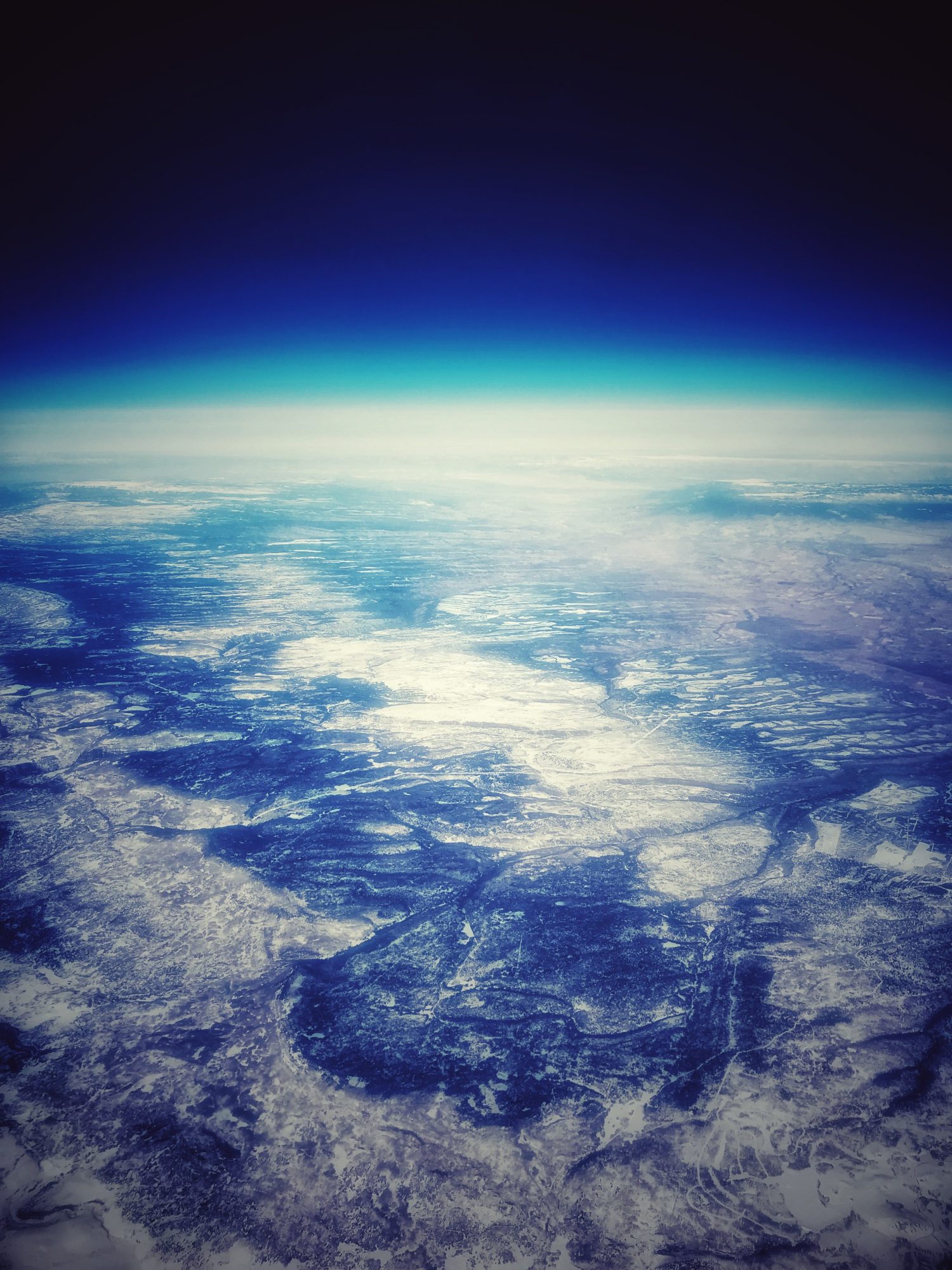
Today we’d like to introduce you to Erin Schalk.
Hi Erin, we’d love for you to start by introducing yourself.
I grew up in the rural Midwest, specifically Iowa and Wisconsin, during a time where online and digital resources were in their infancy. In my family and the small communities in which I lived, there was almost zero access to art or creative pursuits. To share an example, when I was in 5th grade, the class art teacher was actually the wood shop teacher. For the entire fall semester, he brought in his toolbox and instructed us to only draw tools (i.e., hammers, levels, etc.) with nothing but newsprint paper and #2 pencils! During the entire spring semester, we were given wooden blocks and instructed to sand these for weeks on end; by the last month of the school year, we finally had the chance to paint the blocks with a limited palette of colors and stencil on the letters of our names. Talk about a lack of artistic freedom! While this is a particularly extreme example, I continually experienced yearning and frustration as a young child because the magnetic pulls I felt toward visual art and creative writing were powerful. Resources, however, were almost non-existent.
Yet, a lack of access can ignite the spark of resourcefulness. From my elementary years onward, I began to educate myself as much as possible through fiction stories and how-to-draw books from the local library, as well as PBS arts and culture programs. Ultimately, these challenges bore fruit; in addition to nourishing my drive to create art, I also learned how to be a teacher from an early age because I needed to educate myself.
By my teen years, I knew I had a calling to leave the many Midwestern communities I had called home and move to a coast. I envisioned going to college in New York City and pursuing a visual arts career or moving to Los Angeles and getting into voice acting and animation. Life — specifically health issues — intervened, and these dreams were temporarily set aside so I could stay closer to home and receive support and care from my family while convalescing. During this time, I began taking remote college courses from the University of Iowa’s Creative Writing program. My studies included classes in Etymology (the origins of words and language development throughout history) and Creative Writing. I was fortunate to receive support from my professors, who remarked that my writing had significant potential. On days when I felt strong enough once my homework was complete, I would also spend evenings teaching myself Adobe Photoshop and website design or dabbling with acrylic paint.
In the midst of this difficult period, I struggled to see any silver linings and worried that my life would remain limited throughout adulthood. As I look back now, I recognize that the opposite was indeed true; this was a pivotal time that set the foundation for my dedication to writing and the visual arts, provided a more profound understanding of the arts’ therapeutic value, and gave me an invaluable training ground for developing a well of inner strength, as well as sincere empathy for those who are facing overwhelming challenges.
Would you say it’s been a smooth road, and if not what are some of the biggest challenges you’ve faced along the way?
In 2017, I had the good fortune to attend the Vermont Studio Center’s artist in residency program as one of the resident poets. When the residency drew to a close after one month, a fellow writer I had befriended left a card for my under my studio door. To paraphrase, it read, “When I first met you, Erin, I thought you were so precious and fragile — almost like a doll. Then I got to know you, and I realized there’s so much strength beneath that surface.”
Since early childhood, life has demanded I grapple with chronic auto-immune diseases, and by adulthood, these health conditions became increasingly complex and required daily management. Navigating illness from childhood onward taught me valuable, albeit extremely difficult lessons — completing tasks when you’re not feeling at your best, pushing yourself a bit farther than you think you are capable of going, becoming all-around scrappy and resourceful, and continually building bravery in the face of fear, pain, and uncertainty.
When my husband Byron and I married, we gained an additional set of challenges surrounding active duty military life. Frequent deployments, TDYs, and assignments across the country — and even the world — created what seemed like a never-ending cycle of separation from both each other and our families. In my mind, this manifested as a ticking clock. Byron would return home from a recent overseas assignment or similar, and there would be a few days or weeks where we would be absolutely radiant with joy and gratitude at the reunion. Yet, before too long, the next deployment would be assigned, and the countdown would begin again, looming overhead like a hurricane. When our active duty time came to a close, I remember the visceral feeling of silence in my mind and the lightness in my body. I wrapped Byron in a deep hug and exclaimed, “It’s stopped! The ticking clock has finally stopped!”
Beyond the pain of separation from loved ones, our life in active duty military brought us into the whirlpool of significant global challenges. We were living in Japan in 2011 when the Tōhoku earthquake and tsunami devastated the country. We witnessed conflict outside Japan’s borders with neighboring countries, as well as internal tensions which periodically erupted in tragic violence. I have been close enough to the razor wire separating South and North Korea (also known as the DMZ: demilitarized zone) that I could have reached out of the bus window and brushed the metal shards with my fingertips.
As a child, I became caught in the downward spiral of believing that whenever life handed me a major challenge, this was an irrefutable signal that I was cursed, that I had been dealt another unfair hand. In adulthood, I have developed the wisdom to recognize that problems can be gifts. Difficult circumstances can give us the opportunity to develop and exercise not only our resilience, i.e. bouncing back in the face of challenges, but also teach us to become “anti-fragile.” I liken this idea to a broken bone that becomes stronger than ever before through the healing process. We, too, can become stronger and more empathetic people because of (not simply despite of) the darkest moments life brings us.
And, for anyone who allows themselves the permission to make…art and the creative process are powerful tools for working through, sublimating, and potentially healing from past pain.
Appreciate you sharing that. What else should we know about what you do?
I had a wide range of interests beginning in childhood, and my family used to refer to me as a “Jill of all trades.” In going through college and entering adulthood, I felt greater pressure to select a specialization and focused my studies and energy on visual art with an emphasis in painting.
Yet, specialization never seemed to work for my personality or creative hardwiring. The Renaissance spirit that defined my girlhood continues to pull with even greater force in my adult years. For over a decade, I have referred to myself as an artist/writer/educator. Each area of focus demands a great deal of my time, energy, and research, so I live a somewhat season-based existence where one of the three spheres takes precedence for a time while the other two continue to hum quietly in the background.
Currently, the educator side of my work carries the most weight. I serve as both Educator and Educational Programs Lead for a local non-profit organization dedicated to facilitating independence for adult students with disabilities. My arts and accessibility-driven approach to education has also given me opportunities to work with local art and culture centers, museums, and galleries in Orange County. In this work, I provide education, professional development, and consulting services to assist these organizations with becoming more accessible and accommodating to individuals who experience a wide range of disabilities. That said, I have the deepest understanding of supporting those with vision loss and/or autism spectrum disorder. In 2020, I grew this education work into a self-employed dimension, opening one-to-one mentorship programs through my website: www.bridgingart.com.
I am a traditionally trained visual artist with multiple degrees in art, including an MFA from the School of the Art Institute of Chicago. Visual art, as a discipline, is my first love. I am passionate about almost every type of art — painting and drawing, ceramics, film and video, photography, and performance, to name a few. Moreover, I am fascinated by art history and would dive headlong into researching and writing about art history topics. Living in Japan for three years also provided me with an invaluable education. I gained a greater understanding of the historical events and philosophical principles that underpin traditional art forms such as ceramics, the tea ceremony, kabuki theater, netsuke (miniature sculpture), and woodblock printing. At this stage in my artistic career, I have had the good fortune to build a respectable exhibition record that encompasses national and international galleries and museums. A great deal of this success stems from incredible educators and mentors. Most critically, my family’s unwavering support and willingness to make sacrifices enable me to continue this demanding work.
As a writer and author, I am a late bloomer but anticipate a writing season may be on a near horizon. Over ten years ago, I began composing non-fiction articles on learning the Japanese language, along with artist spotlight interviews for a local arts magazine. By 2016, I stretched into creative writing and began publishing poetry and short fiction in literary journals. I have a handful of fleshed-out novel ideas, as well as a draft of a novel I began in 2018 that centers on school-related violence and trauma recovery. In recent years, I have become increasingly known for my writing among artist circles. Yet, this remains the step I have been most fearful of: to let myself make a concentrated leap into the writing and to embrace the idea of being a writer. Each day, I coax myself to be braver than I have ever been.
What sets me apart from others is an intense work ethic combined with a deep level of caring and empathy. I feel very deeply and work fiercely to advocate for those I love and those I have been called to serve and support. And I am most proud of my husband Byron and our beautiful children.
Are there any books, apps, podcasts or blogs that help you do your best?
I tend to keep my focus on books — whether print, digital or audio — and strive to read a minimum of 52 books per year.
Since 2020, these have been the most helpful non-fiction books I have read in terms of creative work and life in general. Each book listed below has gifted me with kernels of information and inspiration that I continue to implement today:
– “Big Magic: Creative Living Beyond Fear” by Elizabeth Gilbert
– “The Creative Habit: Learn It and Use It for Life” by Twyla Tharp
– “Deep Work: Rules for Focused Success in a Distracted World” by Cal Newport
– “The Gifts of Imperfection: Let Go of Who You Think You’re Supposed to Be and Embrace Who You Are” by Brené Brown
– “The Good Neighbor: The Life and Work of Fred Rogers” by Maxwell King
– “The Infinite Game” by Simon Sinek
– “Man’s Search for Meaning” by Viktor E. Frankl
– “On Writing: A Memoir of the Craft” by Stephen King
– “Yes to Life: In Spite of Everything” by Viktor E. Frankl
– “You’re Going to Survive” by Alexandra Franzen
Self-help and inspirational resources are wonderful, and I admit, I can become fairly addicted to these when I am caught in a web of indecision, procrastination, or general “stuckness.” Yet, a visual artist and writer also need to immerse herself in prime examples of her craft. Here are some of my favorites:
– “Devotions: The Selected Poems of Mary Oliver” by Mary Oliver
– “Four from Japan: Contemporary Poetry & Essays by Women” by Kiriu Minashita
– “The Great Gatsby” by F. Scott Fitzgerald
– “Jane Eyre” by Charlotte Brontë
– “Theories and Documents of Contemporary Art: A Sourcebook of Artists’ Writings” by Kristine Stiles and Peter Seltz
– “The Red Wheelbarrow and Other Poems” by William Carlos Williams
– “A River Runs Through It” by Norman Maclean
– “Rose (Poems)” by Li-Young Lee
– “Their Eyes Were Watching God” by Zora Neale Hurston
– “Upstream: Selected Essays” by Mary Oliver
Pricing:
- $725 – One to one creative mentorship program
- $475 – One to one writing assistance for visual artists (statements, bios, grants, etc.)
- From $500 – $2,500 – One of a kind, commissioned artworks (pricing varies depending on size, complexity, and materials)
- From $500 – $1,500 – Available artworks from my website: www.erinschalk.com
Contact Info:
- Website: www.erinschalk.com
- Instagram: @elschalk
- Facebook: https://www.facebook.com/elschalk/
- Other: https://bio.site/erinschalk






 Image Credits
Image Credits
All images provided were taken and edited by me, Erin Schalk. Performance shots were also taken by me, using automatic camera settings.











